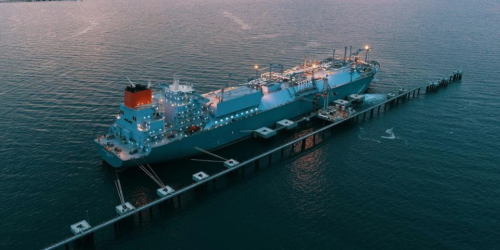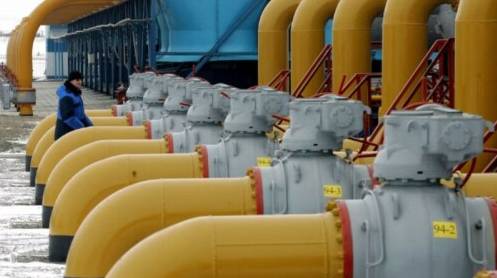The country’s fuel oil consumption declined substantially in the last five years following a push by the government to shut power plants running on fuel oil. The commodity has been costlier compared with electricity produced using LNG and coal, draining foreign exchange reserves and boosting the cost of electricity.
Fuel oil consumption in the fiscal year ended June 30, 2017, was around 9.559 million mt.
Since then, it has declined sharply and in the last fiscal year ended June 30, 2021, it was around 2.987 million mt, although higher than the consumption level of 2.334 million mt in the year ended June 30, 2020, as the country was forced to run a few power plants on fuel oil.
“We may see Pakistan importing up to 500,000 mt of fuel oil in the current financial year,” said Shahab Farooq, director research at Next Capital Securities.
Pakistan consumed 510,000 mt of fuel oil in August, up 63% year on year from the August 2020 level of 370,000 mt, according to data from the Oil Companies Advisory Council. In the first two months of the current fiscal year that started July 1, fuel oil consumption amounted to 870,000 mt compared with 550,000 mt in the same period last year.
The government has asked local refineries to ramp up production that were being underutilized due to lower offtake of fuel oil, analysts said.
Price sensitive market
Pakistan had a significant spot LNG exposure and has shown a tendency to cancel tenders for cargoes if the price is too high, said Jeffrey Moore, manager for Asia LNG analytics at S&P Global Platts.
“Given the expectation that Platts West India Marker will average above $20.00/MMBtu this winter, it’s likely that Pakistan will look for alternatives, including fuel oil, to burn in their electricity stack,” he added.
S&P Global Platts Analytics expects Pakistan’s LNG imports to fall nearly 10% winter-on-winter, although dwindling domestic gas production will limit its ability to lessen imports much further.
The Singapore 380 CST high sulfur fuel oil cash differential over the grade’s swaps value soared to a 20-month high Sept. 13, helped by robust power sector demand in South Asia.
Higher demand for fuel oil from South Asia and the Middle East amid rising LNG prices were main drivers of the widening cash differential, sources said. Kuwait and Saudi Arabia were buying more 380 CST HSFO, while countries, including, Pakistan and Bangladesh, were switching to HSFO from LNG to meet power generation needs, trading and distribution sources with knowledge of the matter said.
Platts assessed the FOB Singapore 380 CST HSFO cash differential at $15.58/mt Sept. 13, the highest since Jan. 6, 2020, when it was at $20.36/mt, and up 33 cents/mt from Sept. 10.
“Recent fuel oil data suggests that Pakistan may continue to generate incremental power from fuel oil-fired power plants”, said Saad Ali, head of research at InterMarket Securities, a Karachi-based brokerage house.
Record power consumption
Pakistan set a new daily power consumption record of about 25 GW owing to rising industrial production. Peak power demand was as low as 16 GW in 2014, according to data from the Ministry of Energy Power Division.
The country’s industrial production in the year ended June 30 rose 14.85% year on year, data from the Pakistan Bureau of Statistics showed. In the preceding year, industrial output contracted 10.17% owing to COVID-19 lockdowns.
As power demand continues to grow in future, it is possible that Pakistan could again become a net importer of furnace oil, at least until new LNG terminals are brought online, Ali added.
Abdullah Umer, a research analyst at Ismail Iqbal Securities, said Pakistan’s hydropower generation has been falling since October 2020 onward, boosting the need to fill the vacuum through furnace oil-based power generation.
LNG diversion from the power sector toward the domestic sector in the winter is further expected to increase fuel oil demand, analysts said. Although refineries have the capacity to meet incremental demand, operational constraints could force Pakistan to import fuel oil this fiscal year, analysts said.
“Furnace oil consumption in August was the highest in many years as LNG prices have increased significantly,” said Shahrukh Saleem, research analyst at AKD Securities.
“We assume the largest volume of switching in South Asia might happen by October. The reason for this is that the power market has higher demand during summer. So, the need for spot thermal fuels, being LNG or oil, declines as we move into winter,” said Andre Lambine, senior power analyst at Platts.





